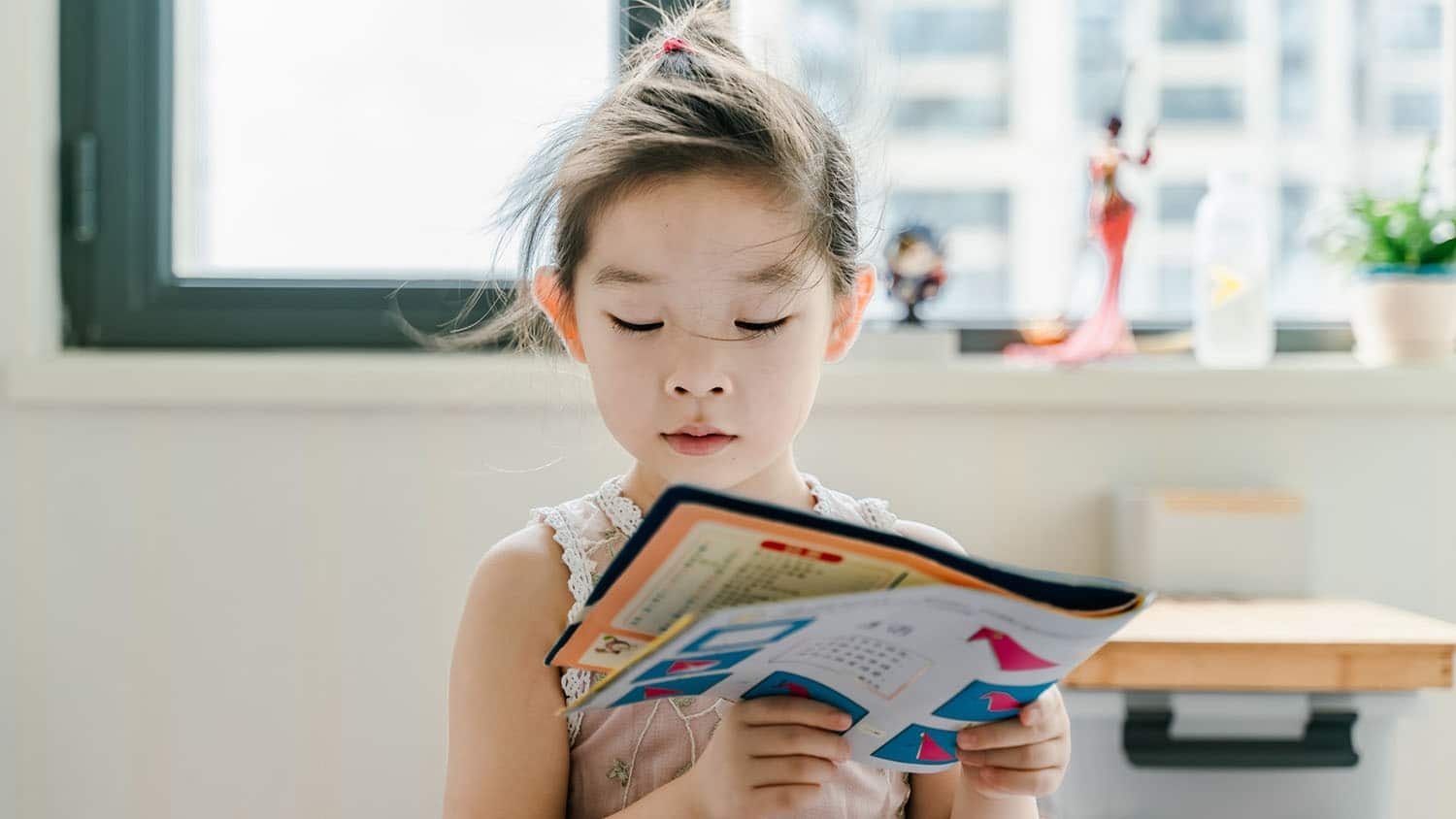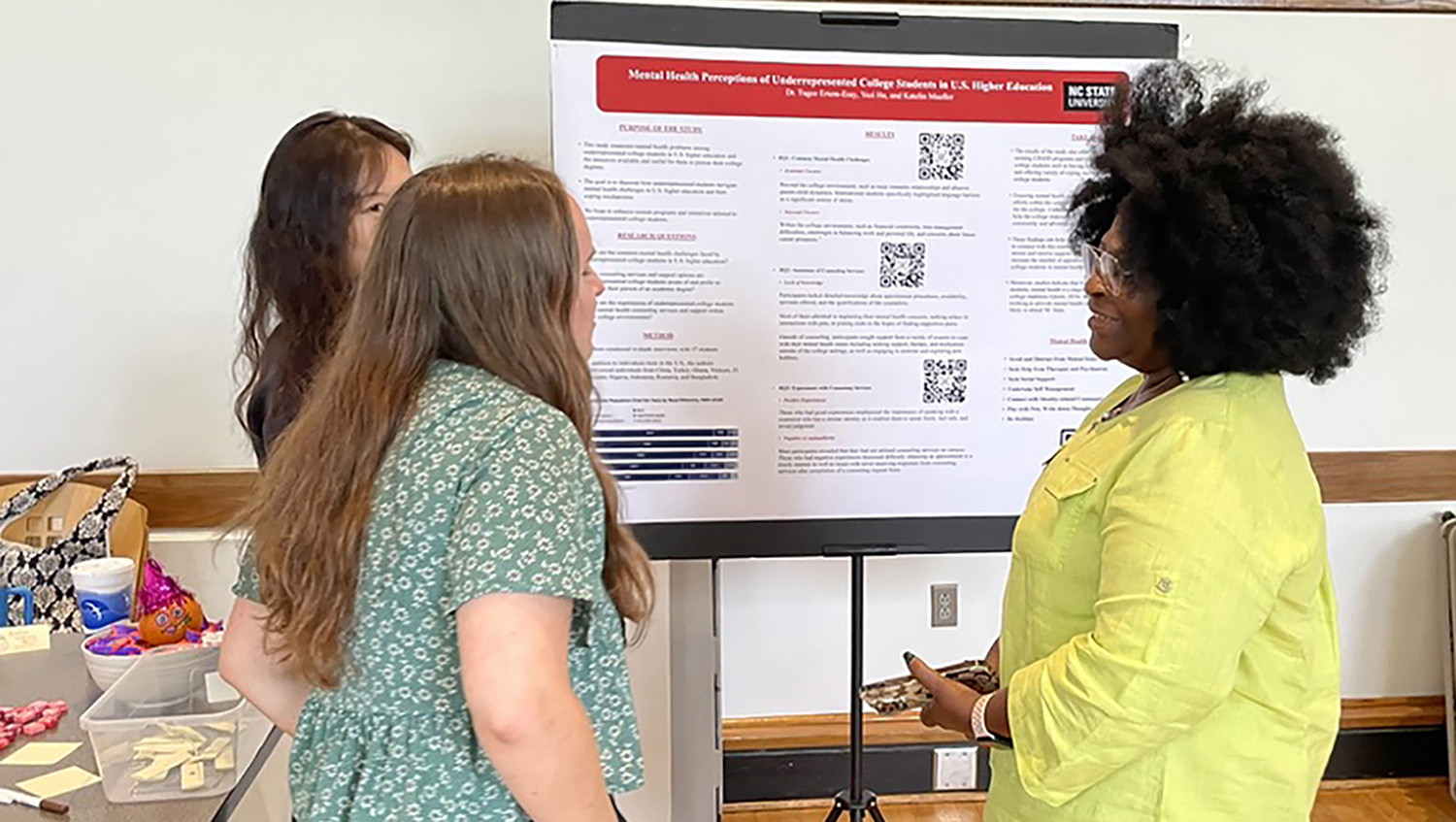Studies of Children’s Stories Shows Differences in Russian, U.S. Approaches to Emotion

Recent research of parents in Russia and the United States, as well as children’s literature in both countries, highlights how cultural differences in socializing emotions begin before children even start attending school. Specifically, the research found that Russian parents are more likely than U.S. parents to read stories to their children that feature negative emotions, such as fear, anger and sadness.
“In the U.S., there’s an emphasis on the value of positive emotions – such as happiness or pride,” says Amy Halberstadt, co-author of a paper describing both studies and a professor of psychology at North Carolina State University.
“In Russia, there’s more nuance,” says Yulia Chentsova-Dutton, corresponding author of the paper and an associate professor of psychology at Georgetown University. “Russian culture seems to value all emotions – including negative emotions – and it is important to learn from these emotions.
“Because the stories we read and hear as children often inform which emotions we value, we wanted to see how those stories might differ across these two cultures.”
To that end, the researchers conducted two studies. In the first study, the researchers recruited 322 parents who had children under the age of 10. The parents belonged to three groups: 72 parents were born in the U.S. and lived there; 72 parents were born in Russia, but lived in the U.S.; and 178 parents were born in Russia and lived there.
In this study, the researchers asked parents to describe the extent to which the books they read to their children depicted 10 different emotions – six positive ones and four negative ones.
“There were no differences across groups when it came to the frequency of positive emotions – everybody likes a book with some positivity,” says Anita Adams, a graduate student at the University of Kentucky who worked on the project as an undergraduate at NC State. “However, Russian parents chose to read books with more negative emotions than U.S. parents. Russian-American parents were somewhere in between those two groups.”
And, when the researchers looked at parents’ beliefs about the value of sadness, they found that Russian parents valued the experience of sadness more than U.S. parents.
“That value seemed to be part of why they were willing to engage more with their children about negative emotions in general,” Halberstadt says.
The second study evaluated the 40 best-selling fiction books aimed at preschool-age children in the U.S. and Russia. The researchers analyzed the text and illustrations of all 80 books to assess the range and frequency of positive and negative emotions.
This study found that a wider range of emotions are represented in the children’s books that are popular in Russia, as compared to children’s books popular in the U.S. Specifically, the text of Russian books referenced anger and sadness more often than the U.S. books; and illustrations in Russian books depicted happiness, anger and fear more frequently than the U.S. books. The researchers found this even when they accounted for differences in the length of texts and the number of illustrations featuring facial expressions.
“Taken together, these studies highlight how Russian parents engage with their children about emotions differently than U.S. parents,” Halberstadt says. “Simply put, the study suggests Russian parents are more likely to support opportunities to engage with their young children about challenging emotions, such as anger and sadness.
“Future studies may want to explore what this might mean in terms of providing children more tools with which to navigate difficult emotions.”
The paper, “And They All Lived Unhappily Ever After: Positive and Negative Emotions in American and Russian Picture Books,” is published in the journal Emotion. The paper was co-authored by Anna Leontyeva, who participated in the first study while a graduate student at Georgetown.
-shipman-
Note to Editors: The study abstract follows.
“And They All Lived Unhappily Ever After: Positive and Negative Emotions in American and Russian Picture Books”
Authors: Yulia Chentsova-Dutton and Anna Leontyeva, Georgetown University; Amy G. Halberstadt, North Carolina State University; Anita M. Adams, North Carolina State University and the University of Kentucky
Published: Nov. 29, Emotion
DOI: 10.1037/emo0001021
Abstract: The U.S. and Russian cultural contexts are thought to foster different models of emotion, with the former emphasizing positive emotions more and negative emotions less than the latter. Little is known about the ways in which parents transmit these models of emotions to children. Cultural products, such as popular storybooks, may serve to provide important tools of transmission. Two studies examined similarities and differences in the extent to which children’s books from these cultural contexts depict emotions. In Study 1, U.S., Russian American, and Russian parents described the extent to which books that they recently read to their children depict positive and negative emotions. Although no differences emerged for depictions of positive emotions, U.S. parents described reading books with lower levels of negative emotions than Russian parents, with Russian American parents in between. These differences were partially due to parental beliefs about sadness. In Study 2, verbal and nonverbal depictions of emotions were compared for sets of popular children’s books from the U.S. and Russia. U.S. books verbally referenced anger and sadness and depicted happiness, anger, and fear faces less frequently than Russian books. Taken together, these studies suggest that American and Russian parents value and expose their children to different depictions of emotions, particularly negative emotions. Future studies need to examine the ways in which children in these cultural contexts interpret depictions of emotions.
This post was originally published in NC State News.
- Categories:


